Crypto 101: Different Types of Cryptocurrencies
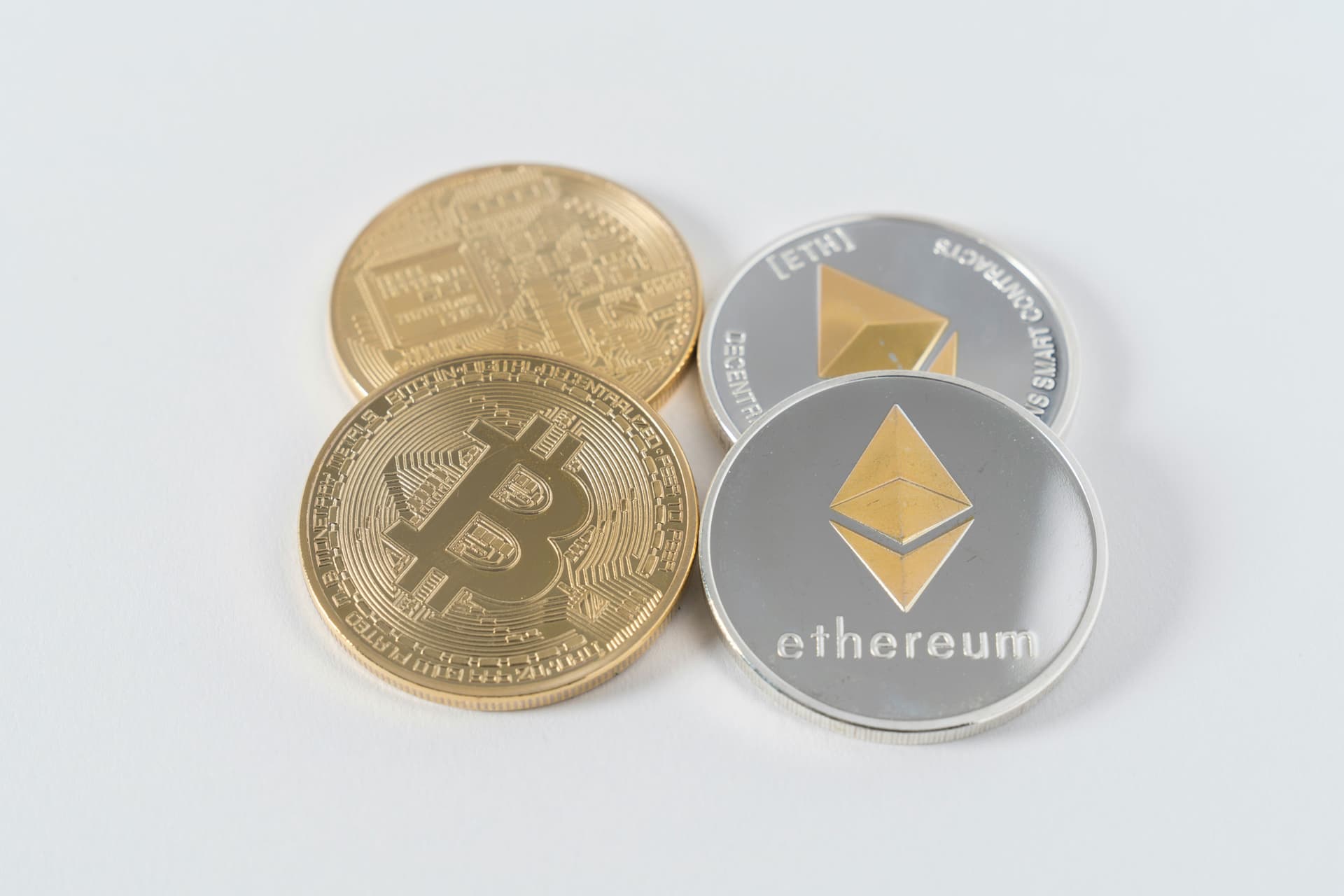
You've probably heard of cryptocurrencies like Bitcoin, with its increasing popularity and the recent Bitcoin ETF approval by The Securities and Exchange Commission, but did you know there are many other types out there?
In this beginner-friendly guide, we'll break down the different kinds of cryptocurrencies so you can understand what makes each one unique.
What are Cryptocurrencies?
Think of cryptocurrencies as digital money. They're like regular currencies (like dollars or euros), but they exist only in digital form and aren't issued by any central authority. Instead, they use something called blockchain technology to keep track of who owns what. Cryptocurrency can be categorized into two main types - Coins and Tokens. We will start with coins.
Coins
Coins are the native currencies of specific blockchains. For example, Bitcoin (BTC), Ethereum (ETH), Solana (SOL), Litecoin (LTC), Ripple (XRP) are all native currencies on their specific blockchains. The primary function of coins is the be used as digital currency or store of value. Coins share certain characteristics with traditional forms of value exchange: they are fungible, divisible, portable, and limited in supply.
1. Bitcoin

Bitcoin is like the original gangster (OG) of cryptocurrencies. It burst onto the scene in 2009, created by a mysterious person or group called Satoshi Nakamoto. Even after 15 years, it's still the king of the crypto world, with the highest value and popularity. Some call it 'digital gold' because, like gold, there's a limited supply – only 21 million bitcoins will ever exist, and there are still 2 million left to be mined. Right now, it's valued at nearly $70,000 per unit, making it a big deal in the world of digital currencies.
2. Altcoin
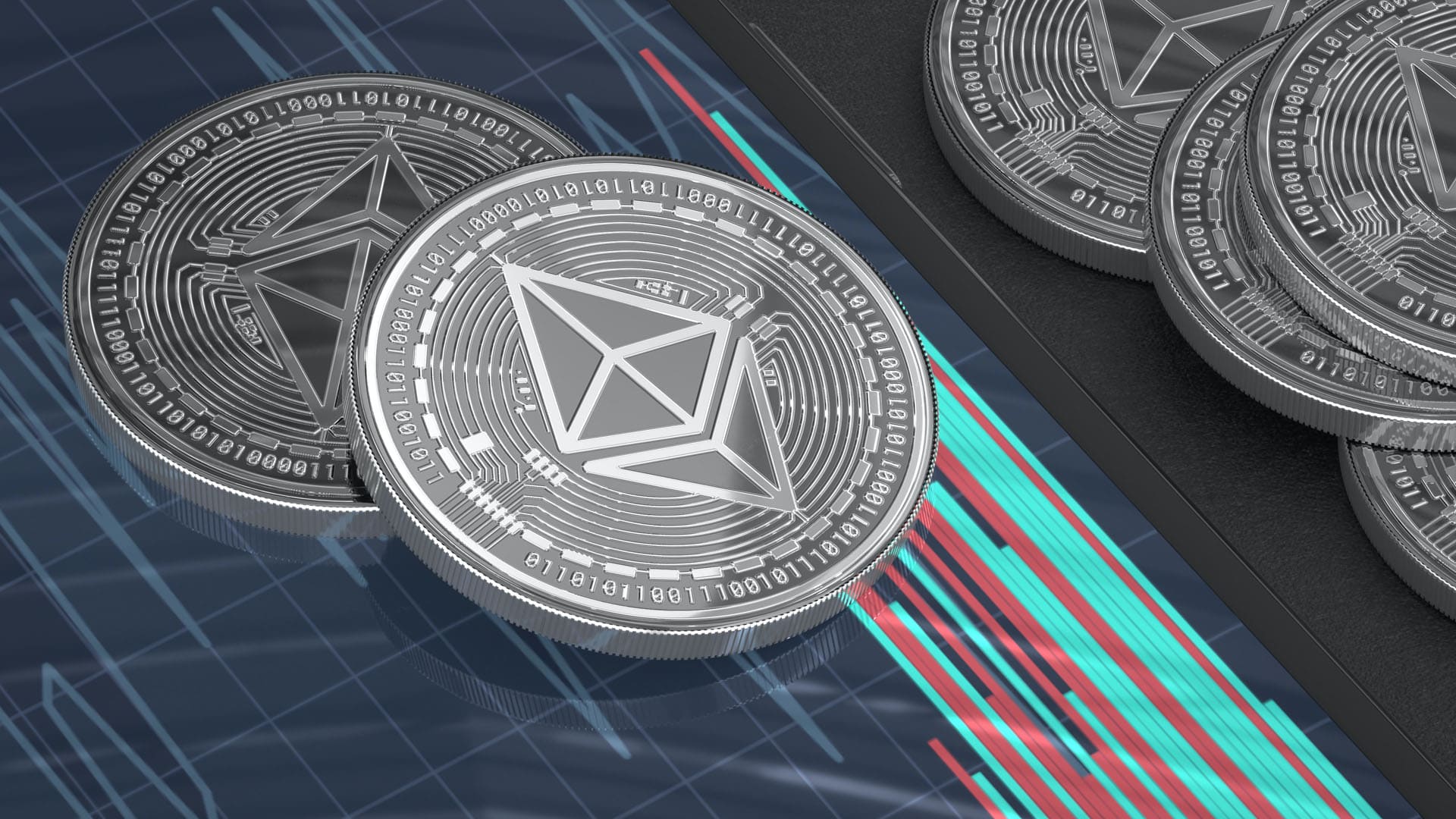
"Altcoins" is just a fancy term for "alternative coins" – basically, any cryptocurrency that's not Bitcoin. There are tons of altcoins out there, each with its own special features. For example, there's Ether on Ethereum, which lets you create smart contracts – these are like self-running contracts that work on the blockchain. While some people argue whether Ether should be called an altcoin, since it's second only to Bitcoin in value, it's still not Bitcoin.
Altcoins cover everything that's not Bitcoin (and sometimes Ether). And the cool thing is, they can often fall into more than one category depending on what they do – there are no strict rules about it.
3. Meme Coin
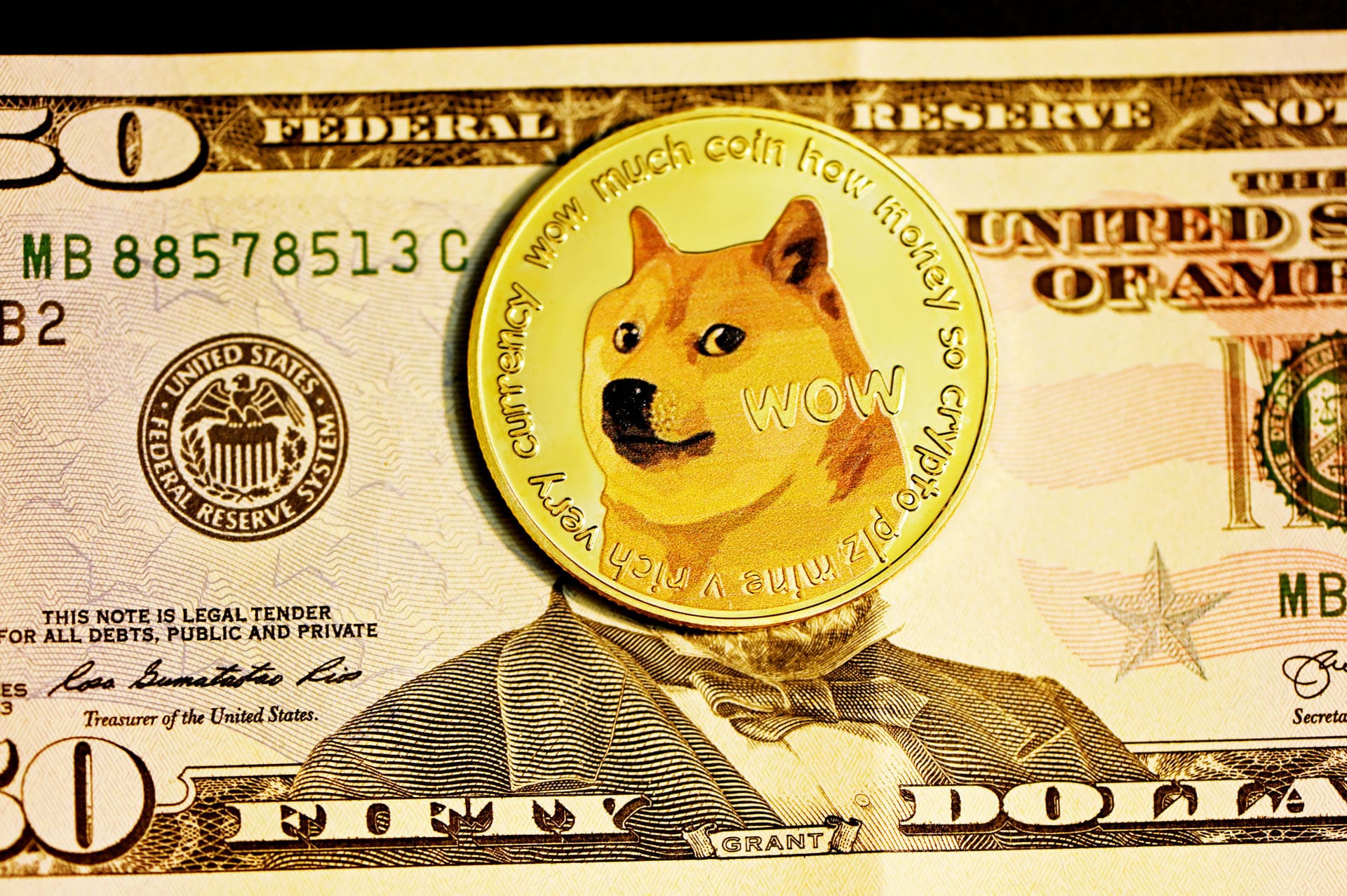
If you have been on the internet long enough, you’ve probably come across Dogecoin. These altcoins belong to a peculiar category known as meme coins, inspired by internet memes or jokes. They're like digital collectibles, more for fun than serious trading.
These meme coins don't have much real-world use. People mostly buy and sell them for the thrill. But watch out, their prices can be all over the place, driven by what's happening on social media. Their value can change based on what people are saying online, driven by social media buzz and hype. To put it simply, meme coins often do not have any specific purpose beyond the community and cultural value they hold. Some would describe meme coins as elaborate pump-and-dump schemes.
Some other examples are Shiba Inu, Bonk, Pepe and Floki - all part of this playful side of the crypto world. They're like little pieces of internet culture you can trade online. It's a bit of fun mixed with finance!
Tokens
Tokens are not the same as coins. They are reliant upon the infrastructure of existing blockchain platforms. Unlike coins, tokens represent an asset or offer holders certain platform-specific features. They offer functions, including utility, security, and governance. Instead of gaining value based on their own scarcity, tokens derive value from the success of projects upon the network in which they operate.
1. NFT

You’ve probably seen those ape portraits that went viral on social media. They're NFTs, or Non-Fungible Tokens, unique digital assets that are gaining a lot of attention. Unlike bitcoins, each NFT is one-of-a-kind and can't be copied. They mainly reside on the Ethereum blockchain and can represent anything digital, from artwork to virtual game gear.
NFTs are making waves in the art and entertainment world, letting creators turn their work into digital treasures. They're also storming through gaming, where players can buy, sell, and trade in-game goodies. But, opinions are divided – are they the future of art collecting or just fancy Pokémon cards? You can dive into the NFT world and trade them on platforms like OpenSea, Rarible, Grimes’ Choice, and Nifty Gateway.
2. Stablecoin
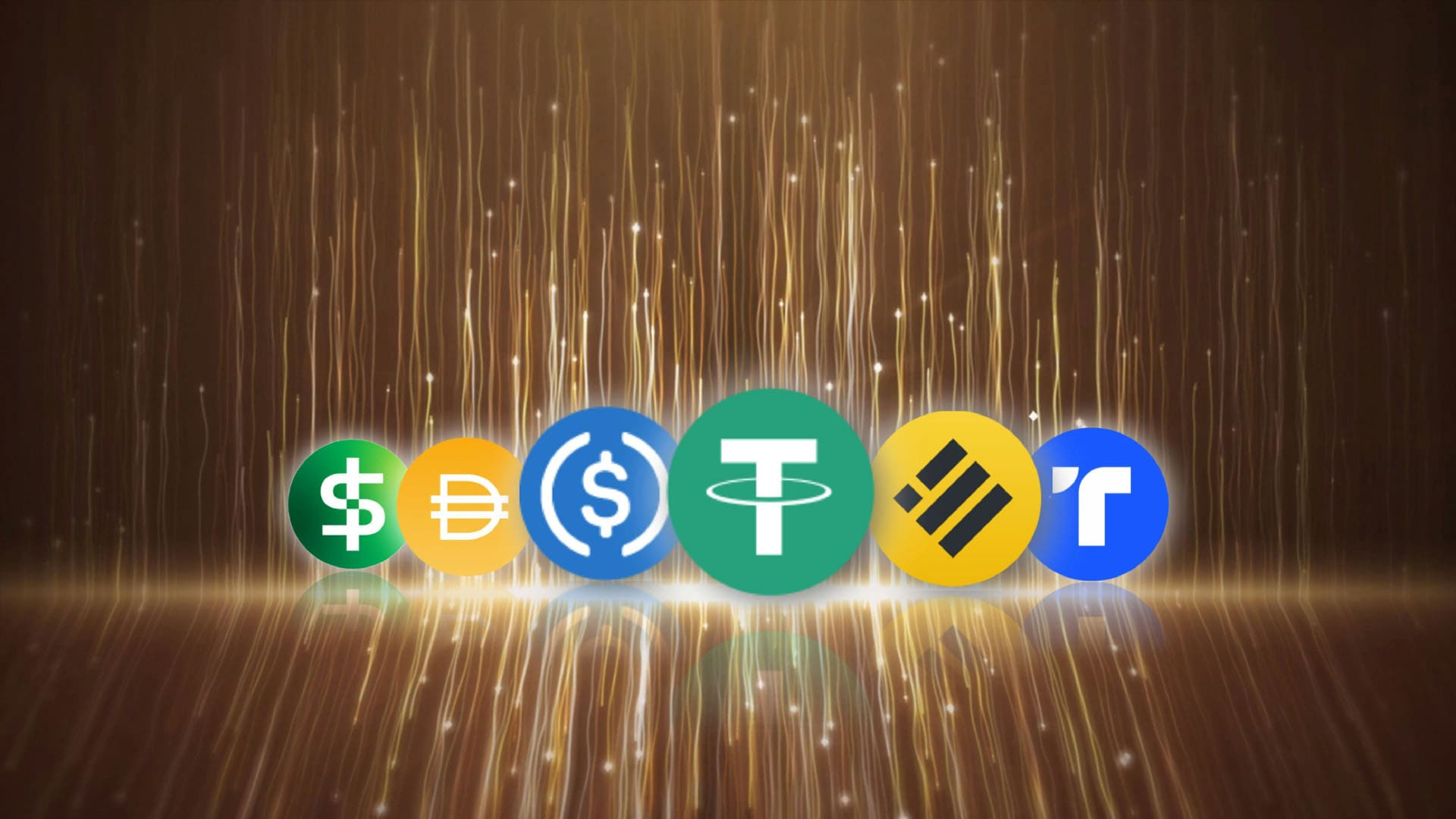
Even though it has ‘coin’ in its name, most if not all stablecoins are considered tokens as they are built on top of smart contract blockchains. Stablecoins are cryptocurrencies that try to keep their value stable. They're often pegged to real-world assets like the US dollar or gold. People like stablecoins because they're less risky than other cryptocurrencies – the value doesn't go up and down as much. Some examples are Tether (USDT) and USD Coin (USDC). The entity behind a stablecoin will usually set up a "reserve" where it securely stores the asset or basket of assets backing the stablecoin – for example, $1 million in an old-fashioned bank (the kind with branches and tellers and ATMs in the lobby) to back up one million units of a stablecoin.
3. Security Token
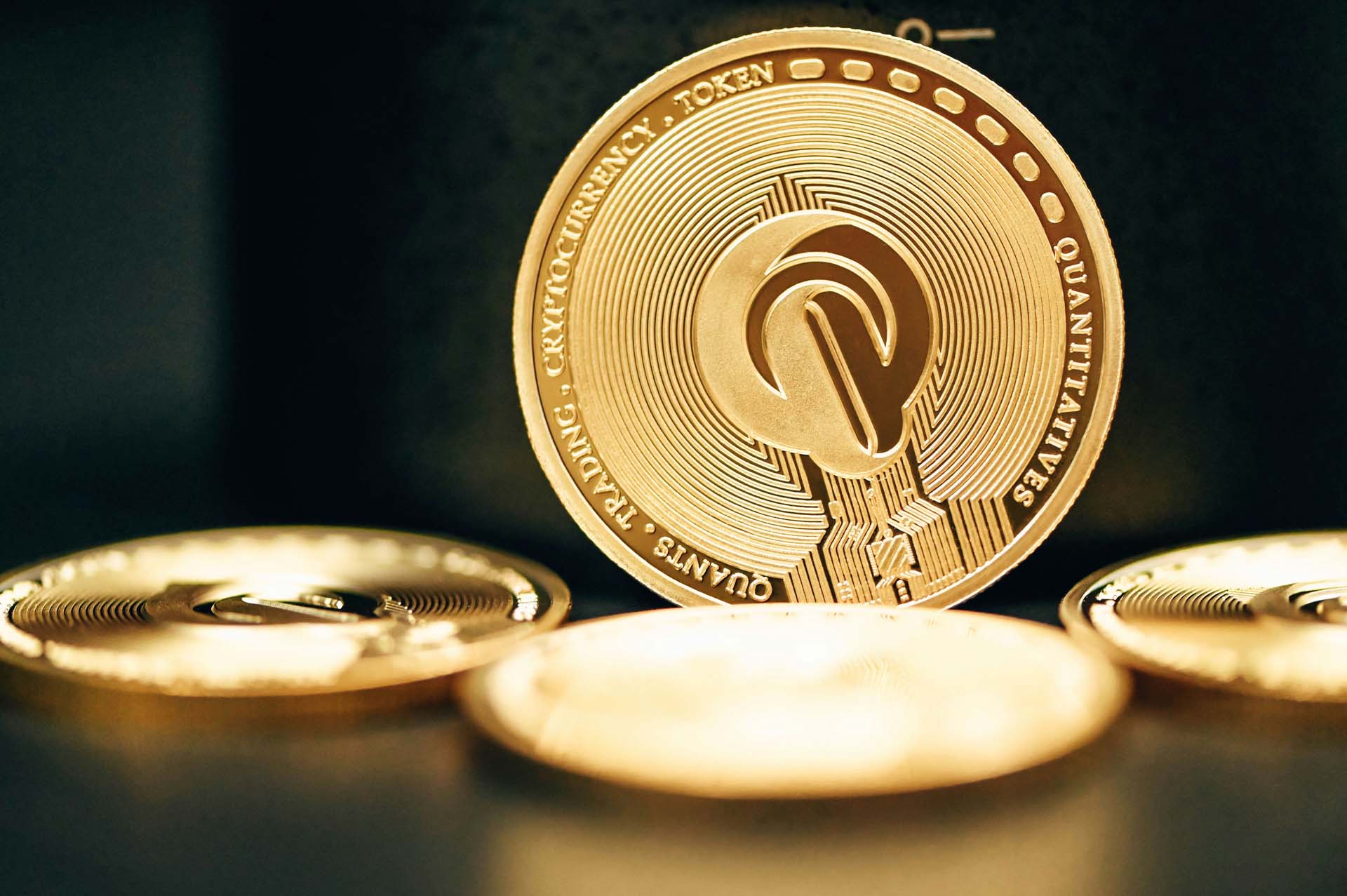
Security tokens are like digital versions of traditional investments such as stocks or real estate. They're regulated by the Securities and Exchange Commission (SEC) to ensure they're safe for investors. These tokens can represent ownership in a company or rights to assets like real estate. They come in three types: equity, debt, and asset-backed tokens, and their value depends on the company's worth.
Companies wanting to raise money for growth can issue these digital tokens instead of selling shares. Investors can buy and sell them on special exchanges. Security tokens have benefits like being easier to trade, letting people own small parts of big things, and being more transparent. Some examples are Unicoin and BCap.
4. Utility Token
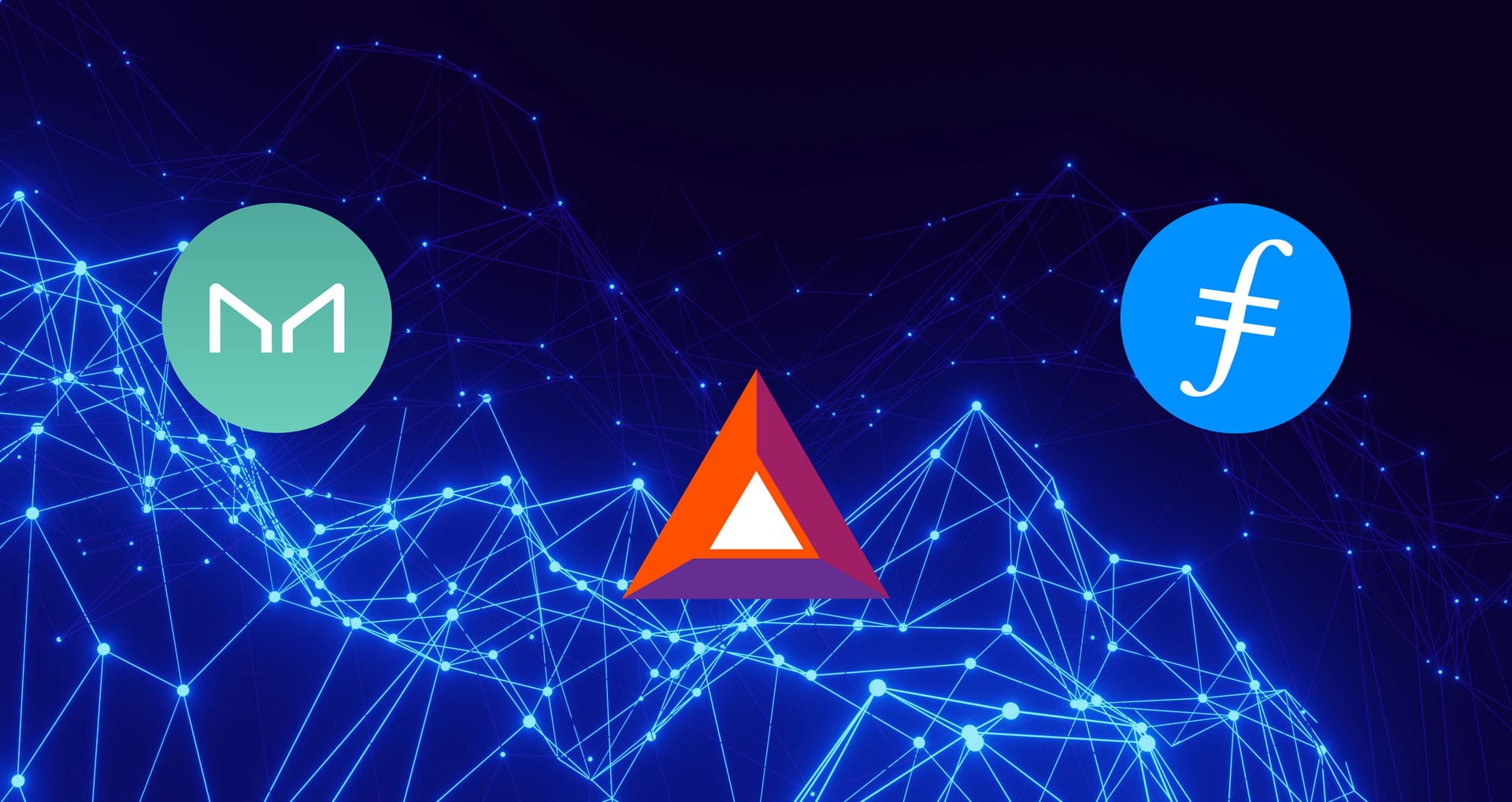
Utility tokens are designed to provide access to specific features, or services in a Blockchain network. They act as a form of digital currency within the platform, allowing users to do things like buy services, pay network fees, or get rewards. You can buy them on exchanges, but they're really meant to be used within the network to keep everything running smoothly.
Stablecoin is a type of utility token, built on another coin's blockchain. Ether is also a utility token, used in the Ethereum blockchain for transactions. Some other examples include MakerDAO (MKR - Governance Tokens), Filecoin (FIL - Access Tokens), and Basic Attention Token (BAT - Payment Tokens).
Conclusion
And there you have it – a beginner's guide to different types of cryptocurrencies! Whether you're interested in investing, using them for transactions, or just curious about how they work, understanding these basics can help you navigate the exciting world of crypto. Keep exploring, and don't hesitate to ask questions along the way!
Feel free to join our community on Telegram or follow us on social media for more tips and insights as you dive deeper into the world of cryptocurrencies.
More articles from the Crypto 101 series:
- Crypto 101: The Basics of Crypto P2P Lending - A Comprehensive Guide for Beginners
- Crypto 101 : Understanding Wallets, Private Keys, and Public Addresses
- Crypto 101 : Ways To Make Money with Crypto in 2024
- Crypto 101: A Comprehensive Crypto Glossary for Beginners
- Crypto 101: A Comprehensive Crypto Glossary for Beginners II
- Crypto 101 : A Comprehensive Crypto Glossary for Beginners III
- Crypto 101: Understanding Market Cap, Volume, and Circulating Supply

